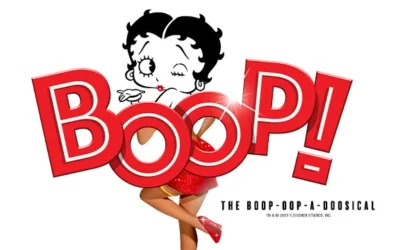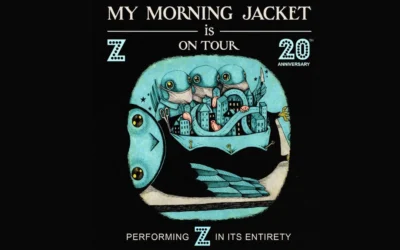I think we can all agree that the use of social media as a marketing tool cannot be ignored. After all, word of mouth is the number one way that people hear about events, and Facebook is the most used social media platform.
Here are some statistics, according to Facebook: The site has more than 800 million active users, more than 50 percent of active users log onto the site in any given day, and the average user has 130 friends.
Additionally, there are more than 900 million objects that people interact with on Facebook, such as user pages, groups, events and community pages. The average user is connected to 80 community pages, groups and events. More than 250 million photos are uploaded each day.
On the Facebook Platform, users install applications more than 20 million times every day, on average. Every month, more than 500 million people use an app on Facebook or experience Facebook Platform on other Web sites. More than 7 million apps and Web sites are integrated with Facebook.
With this compelling (and daunting) information in mind, here are three ways to get the most from Facebook ticketing.
1. Ticketing in Facebook, not ticketing and Facebook
What’s the difference between ticketing in Facebook, and ticketing and Facebook?
Ticketing and Facebook typically provides a link within a Facebook fan page that takes the patron away from Facebook and to another Web site to make a purchase. Ticketing in Facebook uses an application that allows fans to purchase tickets within Facebook, without ever leaving the fan page.
Facebook ticketing should allow a venue to fully engage the buyer in the Facebook environment, and then allow them to make a purchase in that same environment. We all know that people are spending a lot of time on Facebook, so let’s cater to them there rather than asking them to leave in order to purchase tickets.
Think about Facebook ticketing beyond just selling tickets. It’s also about building your Facebook page visits and increasing your fan base. It’s proven that adding a Facebook application will result in a dramatic increase of “likes,” “fans” and “friends,” all of which results in a larger following.
2. Tell them, then tell them again…
Marketing with social media is very different than marketing through e-mail, but people often tend to lump them together. Adding Facebook ticketing to a site, announcing it once, and then expecting results is not going to be very effective.
One of the nice things about social media for the patron is that they can log in and consume information when they want to. But this can create a challenge for the marketer to reach the audience, unless they are sending out consistent communications multiple times in order to reach the most people.
In order for Facebook ticketing to thrive, you have to be consistent and persistent, while not being overbearing. Run promotions and tell people to buy right in Facebook. Since Facebook ticketing is still relatively new and different from how they may have purchased tickets in the past, consumers will need to be trained and guided.
3. Use Facebook Insights to improve business performance
Like any marketing program, you should be constantly tracking data related to your Facebook ticketing to see what’s working and what isn’t.
Facebook Insights, a sort of analytics tracking program within platform, provides page owners with metrics around their content. By understanding and analyzing trends, page owners and platform developers are better equipped to improve their business with Facebook.
To get you started, here are some general things to look at on the Facebook Insights page and how they can be used:
• Users: This will show the number of active users on a daily, weekly and monthly basis. It will also show how they’re viewing your page, and what they’re liking, commenting on and posting on your wall. It also allows you to examine the user base.
• Interactions: By tracking interaction, such as how many wall posts or comments your page receives each day, you can narrow down the best times to post content about upcoming events.
• Demographics: Visibility into the people viewing your page makes aiming content at them much easier. With demographics, you can look at gender, age, geography and more. This data will help determine which events might be of the most interest to your Facebook followers.
• Activity: By monitoring the type of activity you get on your page, such as posts, likes, comments, unsubscribes, etc., you can keep up on your posts and how many impressions they get. More impressions equal more fans, and more fans will ultimately lead to more ticket sales.
Educated at Fresno State University, Joseph Wettstead has been with ticketing company ShoWare™ for three years, where he is currently vice president of sales and marketing. During his time at the Fresno, CA-based company, Joe has successfully implemented the ShoWare ticketing solution at the Puyallup Fair (the eighth-largest fair in the country); Fresno Fair; World Ag Expo (the largest agricultural show in the world); Clovis Rodeo; and St. Paul Rodeo, among others. In his career, he has worked for many hosted software companies from Boston to Seattle and has overseen implementations for large scale deployments at PG&E, SCE, Symantec, the State of California, Insweb and Trend Micro. Joe is a frequent contributor to Panstadia Magazine and is frequently called upon as an expert on private-label ticketing — and social media related to ticketing — by many media outlets.



